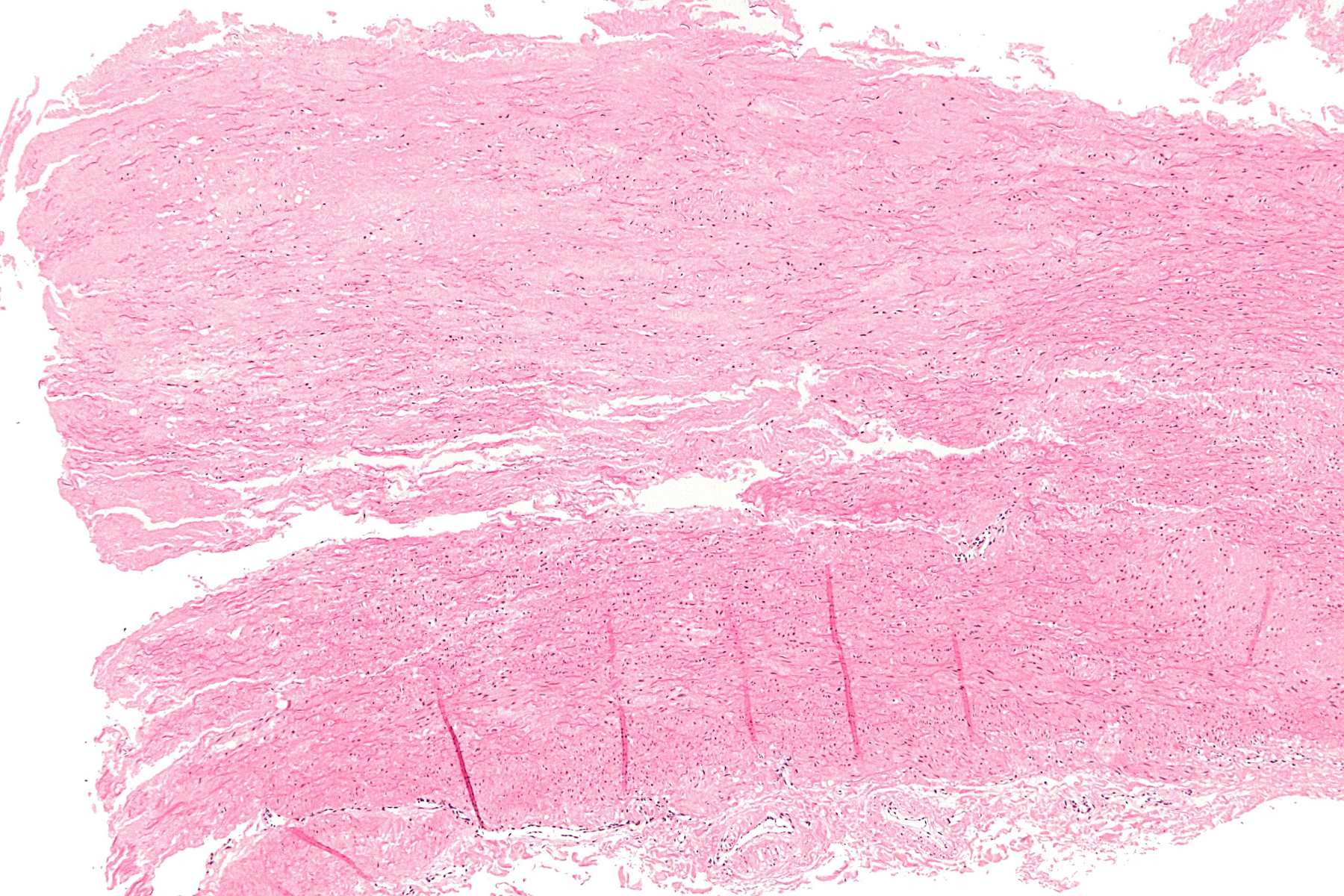
Cystic medial necrosis of the aorta is a condition that affects the large artery carrying blood from the heart to the rest of the body. This condition involves the breakdown of the aorta's middle layer, leading to weakening and potential rupture. Understanding cystic medial necrosis is crucial for recognizing symptoms and seeking timely medical intervention. This article will provide 30 essential facts about this condition, covering causes, symptoms, diagnosis, and treatment options. Whether you're a student, a healthcare professional, or someone curious about medical conditions, these facts will offer valuable insights into cystic medial necrosis of the aorta. Let's dive into the details and learn more about this critical health issue.
Key Takeaways:
- Cystic medial necrosis of the aorta is a serious condition that weakens the aortic wall, leading to potential complications like aneurysms. It can be caused by genetic disorders, aging, and lifestyle factors like smoking.
- Diagnosis involves various tests like CT scans, MRI scans, and genetic testing to identify the condition. Treatment options include medications, lifestyle changes, and surgical interventions to manage symptoms and prevent complications.
What is Cystic Medial Necrosis of the Aorta?
Cystic medial necrosis of the aorta is a condition affecting the aortic wall. It involves the degeneration of the middle layer of the aorta, leading to potential complications. Here are some key facts about this condition:
- Cystic medial necrosis is characterized by the breakdown of collagen, elastin, and smooth muscle cells in the aortic wall.
- This condition often leads to aortic aneurysms, which are abnormal bulges in the aorta that can rupture if untreated.
- Marfan syndrome is a genetic disorder commonly associated with cystic medial necrosis.
- Ehlers-Danlos syndrome, another genetic condition, can also increase the risk of developing cystic medial necrosis.
- Aging is a significant risk factor, as the aortic wall naturally weakens over time.
- Hypertension (high blood pressure) can accelerate the degeneration of the aortic wall.
- Connective tissue disorders often play a role in the development of cystic medial necrosis.
- Smoking is a lifestyle factor that can exacerbate the condition.
- Family history of aortic diseases increases the likelihood of developing cystic medial necrosis.
- Symptoms may include chest pain, back pain, and shortness of breath.
How is Cystic Medial Necrosis Diagnosed?
Diagnosing cystic medial necrosis involves various medical tests and imaging techniques. Here are some important facts about the diagnostic process:
- CT scans are commonly used to visualize the aorta and detect abnormalities.
- MRI scans provide detailed images of the aortic wall and can identify areas of degeneration.
- Echocardiograms use ultrasound waves to create images of the heart and aorta.
- Genetic testing can identify mutations associated with connective tissue disorders.
- Blood tests may be conducted to check for markers of inflammation or other related conditions.
- Physical examinations often reveal signs of connective tissue disorders, such as hypermobile joints or skin that bruises easily.
- Family medical history is reviewed to assess the risk of inherited conditions.
- Angiography involves injecting a contrast dye into the bloodstream to visualize the aorta on X-rays.
- Electrocardiograms (ECGs) can help rule out other heart conditions that may present with similar symptoms.
- Biopsies of the aortic wall tissue may be performed in rare cases to confirm the diagnosis.
Treatment Options for Cystic Medial Necrosis
Treatment for cystic medial necrosis aims to manage symptoms and prevent complications. Here are some key facts about treatment options:
- Medications such as beta-blockers can help reduce blood pressure and decrease stress on the aorta.
- Lifestyle changes like quitting smoking and maintaining a healthy diet can slow disease progression.
- Regular monitoring with imaging tests is crucial to track the condition over time.
- Surgical interventions may be necessary for severe cases, including aortic aneurysm repair or replacement.
- Endovascular procedures involve inserting a stent to reinforce the weakened section of the aorta.
- Genetic counseling can provide information and support for patients with inherited connective tissue disorders.
- Physical therapy may be recommended to strengthen the body and improve overall health.
- Pain management strategies can help alleviate discomfort associated with the condition.
- Emergency surgery is required if an aortic aneurysm ruptures, as this is a life-threatening situation.
- Ongoing research aims to develop new treatments and improve outcomes for patients with cystic medial necrosis.
Key Points to Remember
Cystic medial necrosis of the aorta is a serious condition that affects the aortic wall, leading to potential complications like aortic dissection or aneurysm. Understanding the symptoms—such as chest pain, back pain, and shortness of breath—can help in early detection. Risk factors include genetic disorders like Marfan syndrome, high blood pressure, and aging. Regular medical check-ups and imaging tests like CT scans or MRIs are crucial for monitoring the aorta's health. Treatment options range from medications to manage blood pressure to surgical interventions for severe cases. Staying informed and proactive about heart health can make a significant difference. Always consult healthcare professionals for personalized advice and treatment plans. Knowledge about this condition empowers individuals to take necessary precautions and seek timely medical attention.
Frequently Asked Questions
Was this page helpful?
Our commitment to delivering trustworthy and engaging content is at the heart of what we do. Each fact on our site is contributed by real users like you, bringing a wealth of diverse insights and information. To ensure the highest standards of accuracy and reliability, our dedicated editors meticulously review each submission. This process guarantees that the facts we share are not only fascinating but also credible. Trust in our commitment to quality and authenticity as you explore and learn with us.
